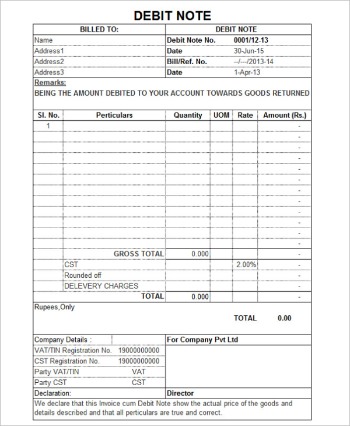
This process involves identifying the undeposited funds, verifying the reasons for their deletion, and making corresponding adjustments in the account. It is crucial to maintain a clear trail of documentation to support the deletion, such as notes detailing the reason for the adjustment and any approvals required. Transparency is key, and any changes made should be well-documented and easily traceable.

Dummy Account Method
Then enter the income account retirement savings calculator with a negative amount of the total deposit to clear the funds. QuickBooks Desktop (QBDT) uses the Undeposited Funds account to hold customer payments. That’s why your payments are labeled as undeposited and go directly to this account when receiving payments. Moreover, I also suggest reaching out to your accountant for the precise accounts you need for your journal entries.
By following the step-by-step methods outlined in this article, you’ll gain a clear understanding of how to manage undeposited funds effectively, ensuring the accuracy of your financial data. The process of clearing undeposited funds in QuickBooks Online involves several important steps to ensure accurate recording and reconciliation of payments. This process involves reconciling the undeposited funds account regularly, which can prevent discrepancies in the financial reports.
- It helps to reconcile any inconsistencies and prevent errors in financial reporting.
- Not reconciling undeposited funds regularly may lead to discrepancies and hinder the financial reconciliation process.
- This step is essential as it ensures that all incoming funds are accurately tracked and recorded before being deposited into the bank account.
- Irregular or infrequent reconciliation can create discrepancies that may snowball into larger financial discrepancies over time, making it challenging to identify and rectify the root cause of errors.
This can ultimately lead to more informed financial planning and strategic decision-making. In the above scenarios, you’ll likely find the transaction in the undeposited funds account. So be sure to double-check that you properly complete the bank reconciliation to clear the balance. what is a good interest coverage ratio Some accountants or bookkeepers who don’t understand the full functionality of QuickBooks Online might try to fix incorrect balances in the Undeposited Funds account with a journal entry. Although this will remedy the incorrect account balance on the balance sheet, it will not clear the undeposited transactions from the Bank Deposit screen. My last call to QB support said they don’t offer that and there’s no way a chat support person helped me do that.
I’m not sure what it is that I’m not understanding, but I’ve tried several different ways to follow your advice and no matter what I do, the problem persists. If I do a Bank Deposit, even with the journal entries to offset the negative, the Undeposited Funds register will just go back into the negatives. The only way to keep Undeposited Funds balanced is to leave the journal entries in the Bank Deposit screen and this doesn’t seem like a solution.
How to Reconcile Undeposited Funds in QuickBooks Online
Then this article is for you where you will know what it is and how to clear undeposited funds in QuickBooks. The error message “This transaction will cause a deleted account named (name of account) (deleted) to have non-zero balance” means that the transaction you’re trying to delete is linked to an inactive account. To resolve this, I’ll provide some troubleshooting actions to help you fix it. I’ll help you get around the issue you’ve encountered while trying to follow the steps provided by my colleague above. I followed your directions, but I was not able to reduce the balance in the Opening Balance Equity.
It prevents overstatement of income and avoids discrepancies in reconciliations, which are crucial for decision-making and financial analysis. To resolve this issue, it is essential to regularly review bank and credit card statements, categorize transactions accurately, and use payment matching to identify and merge duplicate entries. Utilizing the ‘Find & Match’ feature and reconciling accounts can also aid in identifying and rectifying any redundant transactions. This level of attention to detail ensures that all deposits are accurately reflected in the undeposited funds account.
How to Avoid Undeposited Funds in QuickBooks?
This step is essential as it ensures that all incoming funds are accurately tracked and recorded before being deposited into the bank account. By reviewing the undeposited funds account, discrepancies or missing payments can be addressed, maintaining the accuracy and integrity of financial records. This step cements the accuracy and completeness of the reconciliation process.
This process begins with a thorough review of all financial records, including invoices, receipts, and bank statements, to pinpoint any inconsistencies. Once discrepancies are identified, they must be investigated to determine the cause, which can range from human error to issues with electronic transfers. Then, cross-referencing this information with the actual bank coronavirus relief package deposits helps to identify any discrepancies in the records. Whether you’re new to QuickBooks Online or looking to refine your reconciliation practices, this guide will provide step-by-step instructions and valuable insights to help you navigate the process with confidence. So, let’s dive into the essential steps for reconciling undeposited funds and learn how to avoid common errors along the way. First, reconcile your bank accounts to make sure you have recorded all the deposits you have made.
